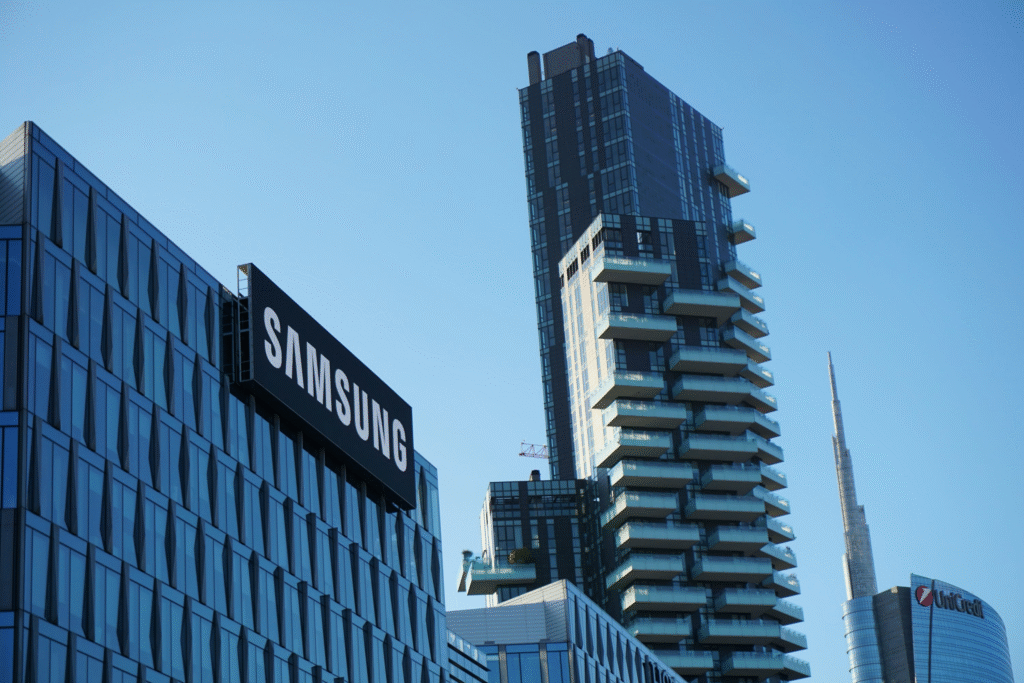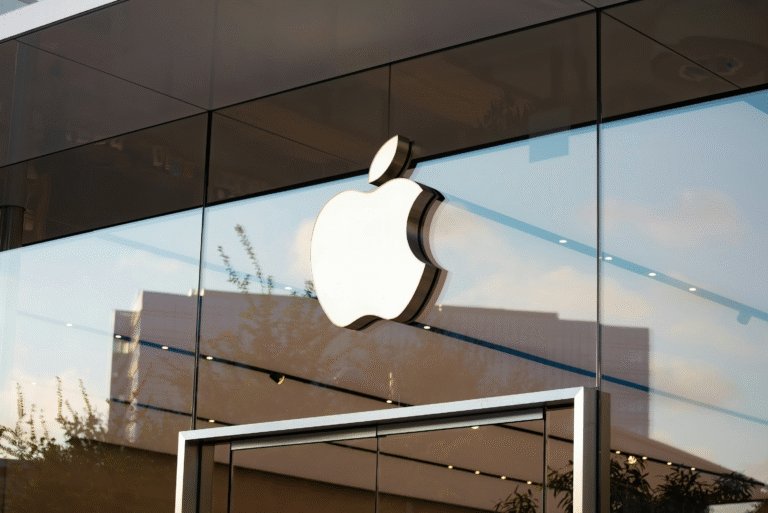Samsung Electronics has quietly made a big move that is shaking up the global technology supply chain. The biggest maker of memory chips in the world has upped the pricing of some important memory parts by as much as 60%. This is because everyone in the business is trying to create AI data centers and get their hands on cutting-edge computer technology. The decision underscores both the tremendous pressure on the semiconductor market and Samsung’s resolve to recapture momentum in a future increasingly driven by artificial intelligence.
Over the past few months, memory chips have transformed from being a commodity product to a high-demand, short-supply lifeline for every major tech corporation investing in AI infrastructure. People in the industry believe that Samsung put off announcing its October contracts, which is strange because it meant the business was getting ready to lower its prices. Now that the new prices are out, purchasers are facing a reality they had wanted to avoid: these chips will cost a lot more than they did only a few weeks ago, and the stress on server makers and data center operators is already clear.
The biggest spike is in Samsung’s 32-gigabyte DDR5 modules, which went up from $149 in September to $239 in November. A major semiconductor distributor called the change nothing short of remarkable. Tobey Gonnerman, president of Fusion Worldwide, made things clear when he remarked, “now they know they won’t get nearly enough product.” The extra money being paid is really high. In fast-moving industries like cloud computing and AI model training, this kind of shortfall translates directly to increased costs, longer wait times, and delays in bringing out new capabilities. Because of this, Samsung’s pricing approach has become a major worry for businesses around the world that need to know when hardware will be available.

DDR memory, especially DDR5, plays a crucial role in servers, high-performance computers and an increasing range of modern consumer gadgets. These chips keep data for a short time and make sure that information passes quickly in and out of processors. Without them, cloud services slow down, AI model training takes longer, and even normal smartphone use can feel unsteady. Samsung’s price changes don’t simply effect AI developers or big cloud companies; they set the tone for the whole IT industry. Consumers may eventually feel the impact through pricier goods, especially smartphones and laptops that rely on comparable memory technologies.
Samsung’s DDR5 line has seen more price increases, which shows how aggressively the corporation is changing the market. The 16-gigabyte version now costs $135, and the 128-gigabyte module now costs $1,194. According to sources in the business, even the 64-gigabyte and 96-gigabyte variants with medium capacity have gone up more than 30%. Another individual familiar with Samsung’s internal briefings supported similar stories but insisted on anonymity due to the company’s confidentiality regulations.
Samsung has not spoken officially on the topic, but the market climate speaks loudly enough. Some buyers have already started buying in a panic, which drives up demand even more and keeps the cycle going. SMIC, China’s largest contract chipmaker, recently said that the memory shortage is so bad that its customers are putting off purchases for other semiconductor parts because they can’t get enough memory chips to put together full devices. At the same time, Xiaomi, a maker of smartphones, said that rising memory prices have made it more expensive to make phones, making it harder to set prices in a market that is already very competitive.
While the circumstance provides a difficulty for manufacturers and buyers, it marks a turning moment for Samsung. The company has had a hard time keeping up with its competitors in the fast-paced race to make advanced AI chips for most of the last two years. Companies like SK Hynix and Micron got a head start by making high-bandwidth memory (HBM) processors that AI companies use to train massive language models. Samsung, although being a long-dominant competitor in the larger memory business, found itself trailing in that specific high-value area. Because of this, its profits didn’t go up as much as some of its competitors’ did at the beginning of the AI boom.
However, Samsung’s comparably longer journey into AI-specific semiconductors has provided a startling edge. While some competitors exhausted much of their production capacity chasing HBM contracts, Samsung preserved greater flexibility and inventory in general-purpose DDR5 modules. That flexibility has evolved into real price power now that demand throughout the world is rising faster than expected. Jeff Kim, head of research at KB Securities, remarked that Samsung presently maintains better leverage in memory price than smaller rivals, simply because supply remains tight and customers have little alternative but to accept costlier contracts.
Analysts in the industry think the corporation will raise prices even more in the next quarter. Ellie Wang from TrendForce says that Samsung’s contract costs would go up by 40 to 50 percent in the last few months of the year. This is a lot more than the average for the whole industry, which is around 30 percent. She emphasized that Samsung’s optimism comes from the fact that demand is being locked in through long-term supply agreements, frequently spanning into 2026 or even 2027. In a market where AI is growing quickly and data centers are being built quickly, these long-term contracts illustrate how badly clients want to make sure they can always get memory products before shortages get worse.
The surge in memory pricing is not only a short-term change in supply and demand. It shows how AI development is changing the priorities of manufacturers around the world. Every big IT business is racing to build stronger computing systems, employ experts and grow vertically into AI-driven services. Memory chips used to be thought of as one of the most cyclical and commodity-like sections of the semiconductor business. Now they are seen as strategic assets.












